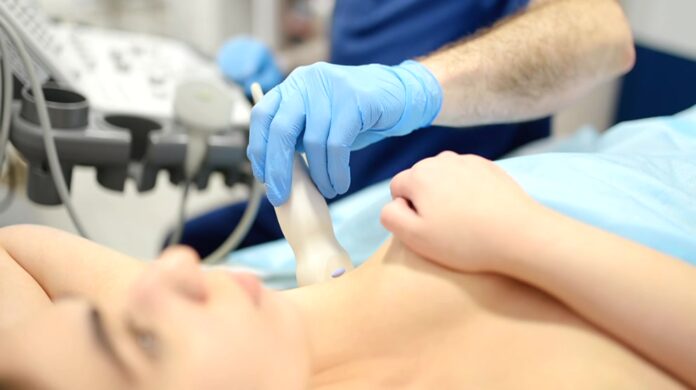Parabens are a type of chemical used to extend the shelf-life of products. They appear in many brands of cosmetics, hair care items, lotions, and more, to protect consumers from the growth of harmful bacteria. Despite being considered overall safe, many scientists are investigating paraben’s potential effects on human health. A recent show has discovered a troubling link between this preservative and breast cancer.
Parabens and the risk of breast cancer

According to Breast Cancer UK, parabens are endocrine disrupting chemicals (EDCs) that can interfere with the body’s natural distribution of hormones. They especially affect the female hormone estrogen, and high levels of it may lead to a higher risk of breast cancer. Although human studies on this connection are too limited to be conclusive, some experts advise caution around products with this preservative. “Parabens may be involved in various stages of tumour formation and growth and may contribute to the spread of cancer cells to other parts of the body,” says Breast Cancer UK.
The study on parabens and breast cancer phenotypes

In the 2023 study from the journal Chemosphere, researchers examine how the body reacts to switching to paraben-free products. More particularly, how reducing the exposure to parabens affects the early markers of breast cancer. So the researchers recruited healthy, cancer-free women who have daily products with parabens and phthalates (another EDC used to improve texture and enhance absorption). They collected samples of urine, blood, and breast tissue cells before and after 28 days. During this time, some of the participants switched to products free of phthalates and parabens while others continued as usual.
Read More: 11 Cancer-Linked Products That Many Use Daily
The study’s conclusion

At the end of the month, the researchers noticed several changes that may indicate a reduced risk of breast cancer. Moreover, metabolites of parabens and phthalates had lowered in the participants’ body samples, which reflects less exposure to those chemicals. Additionally, breast cells from the non-control group showed a reversal of cancer-associated phenotypes, and healthier cell function as a result. The authors of the study call for further research to better understand how chemical exposure can change gene expression.
“Changing breast cancer research”

Researchers have long suspected a link between hormone disruptors and breast cancer, but this study is a major breakthrough. “For us [breast cancer survivors] this study changes the paradigm for breast cancer research,” said Polly Marshall, co-author of the study and executive director of Breast Cancer Over Time, to EHN. “Instead of looking at correlations, we found a way to actually study causation in people’s bodies.”
Read More: Dollar Stores Are Full of Toxic Products
Be selective as you shop

“You need to pay attention to what’s in your products,” said Marshall, according to Collaborative for Health and Environment. She explains that the FDA has no regulations for PCPs (personal care products), so it’s up to consumers to educate and protect themselves. “There are many ways you can look it up, and there are healthy products coming out every day.”
Products with parabens

Bear in mind, many products are marketed as “natural,” “alternative,” “organic,” or “green” but may still contain parabens. There are little to no regulations on what qualifies as “natural” so beware of deceptive advertisements that use these buzzwords. Be sure to investigate the ingredients for yourself when buying the following items:
- Blush
- BB and CC creams
- Conditioner
- Foundation
- Lip balm
- Lipstick
- Moisturizing face cream
- Petroleum jelly
- Sunscreen
- Shampoo
How to identify parabens in products

While shopping you may choose to avoid products containing: parahydroxybenzoate, methyl-paraben, ethyl-paraben, propyl-paraben, butyl-paraben, and other ingredients ending with -paraben, according to Healthline. Meanwhile, check food packaging for these additives: E214, E215, E218, and E219. Some items may have clear labels to show they are paraben-free.
Brands with paraben-free products:

- Afterglow Cosmetics
- Burt’s Bees
- Mineralogie
- Morocco Method
- Naturopathica
- Real Purity
- SheaMoisture
- Trader Joe’s shampoos and conditioners
- WELEDA
Preventing breast cancer

Breast cancer research funding primarily goes toward treatments and cures. But this study delves into a method of prevention. Many of the participants in the study had a loved one with breast cancer, and similarly, the team is motivated to protect future generations. “There are a lot of people out there who want to move beyond awareness and pink ribbons and actually do something to prevent breast cancer,” said Marshall.

